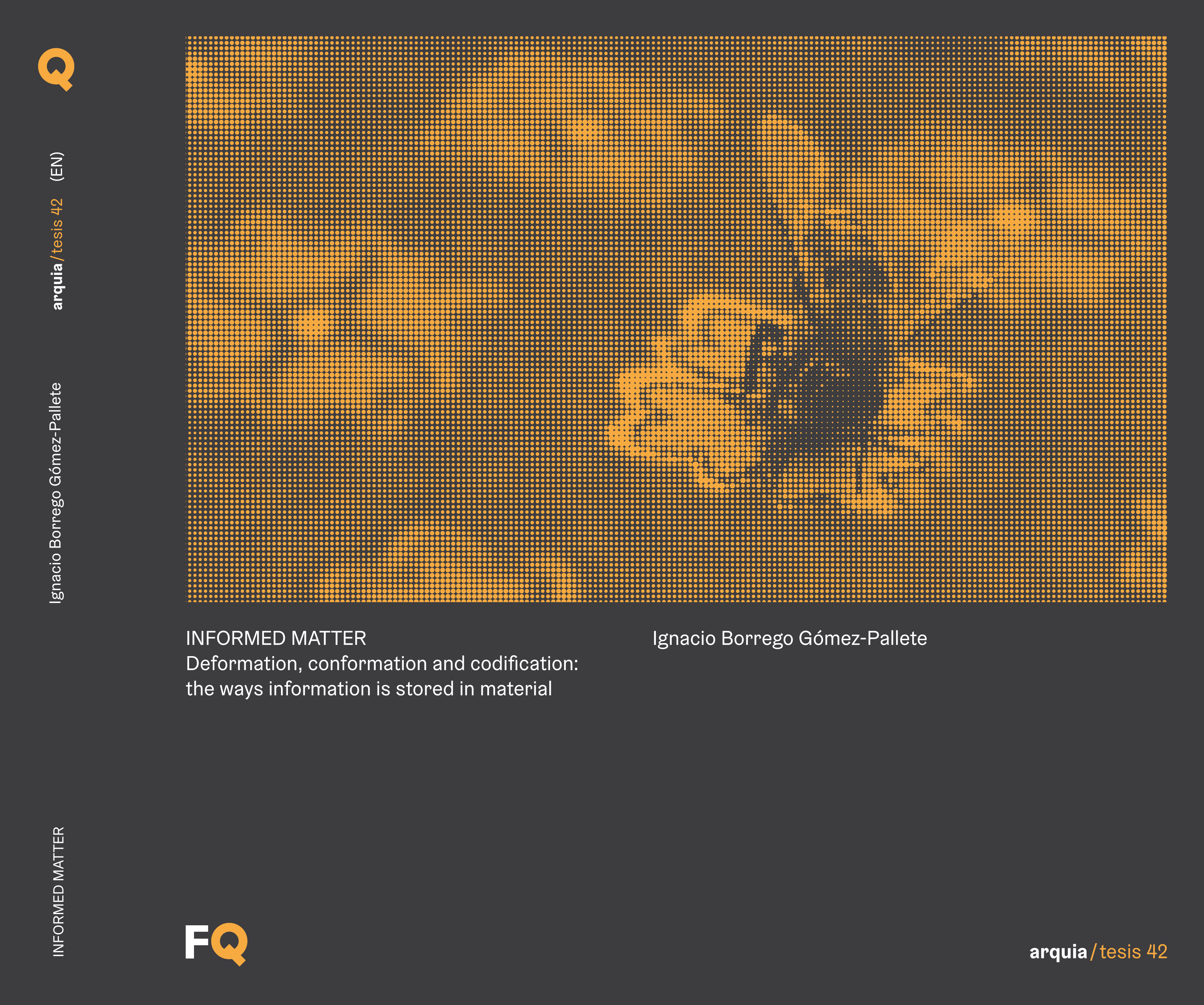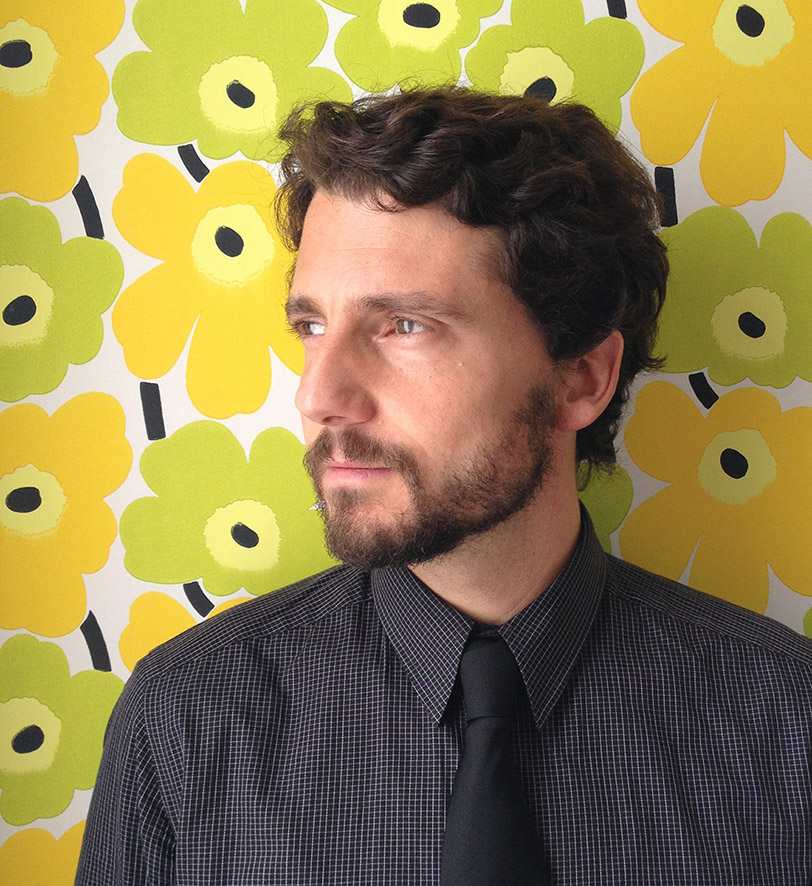Informed Matter (EN)
The thesis Informed matter aims to analyse material’s ability to store information and puts forward a taxonomy to classify all of the manifestations of this ability. The focus is placed on describing storage procedures. There are three types in all, and each gives rise to a chapter of the book establishing how all of the processes to manipulate material that leave some sort of trace occur according to these procedures. To arrive at this taxonomy, a thorough look is taken at different experiences in altering materials to give rise to an extensive classification. Tools are provided to interpret and classify any intervention. In other words, the aim is not so much to provide a classification of the most relevant interventions in history, but rather to reveal a taxonomy of these actions on materials enabling any past or present manifestation to be interpreted.
In this examination of the issue, a description is provided of a partial but fundamental aspect of construction the priority of which is attached to materiality without the negating spatiality of the architectural form. The book focuses on the parameters relating to the interpretation of materials. Such close attention is paid to the objects that they are prevented from being perceived comprehensively and are instead understood partially in terms of their material motives. The overall picture is overlooked in order for its fragments to be deciphered.
Índex:
- FOREWORD. MATERIAL. WORDS. ARCHITECTURE by Federico Soriano
- INTRODUCTION
1. MATTER AND DEFORMATION.CIRCUMSTANTIAL INFORMATION
1.1. TRANSFER
1.2. MOVEMENT
1.3. TIME
1.4. APPROPROATION
1.5. RECORDING
1.6. DEGRADATION
1.7. ATTRACTION
2. MATTER AND CONFORMATION. INSTRUMENTAL INFORMATION
2.1. MANIPULATION
2.2. CHANGE OF STATE
2.3. ASSEMBLY
2.4. MUTABILITY
2.5. TRANSVESTISM
2.6. GRAVITY
2.7. IMMATERIALITY
3. MATTER AND CONTENT.CODIFIED INFORMATION
3.1. ICONS
3.2. FALSIFICATION
3.3. MEMORY
3.4. CONTEXTUALIZATION
3.5. IDENTIFICATION
3.6. INSTRUCTIONS
3.7. RELATIONSHIP
EPILOGUE
BIBLIOGRAPHY
ACKNOWLEDGEMENTS
Ignacio Borrego Gómez-Pallete
Phd Thesis, Second First Prize, 10th Biennial competition on PhD thesis on Architectura, 2015
Arquia Foundation, august 2019
Editorial Fundación Arquia. Editorial coordination: Yolanda Ortega Sanz (FQ), Design and layout: gráfica futura, Print: Artes gráficas Palermo







